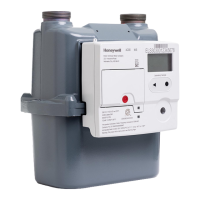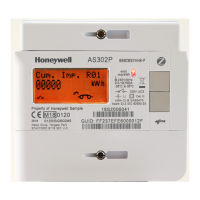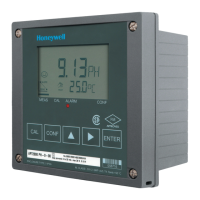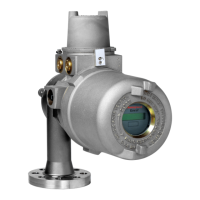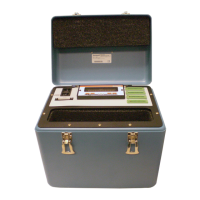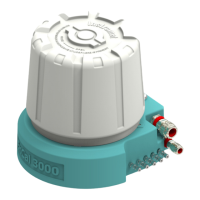121
get the best performance from the ACM 150 monitor, the path through these optics must
be clean and clear, and the optics must be in alignment.
Use this procedure to evaluate the condition of the optical path by examining the ZPD
Values, the Signal-to-Noise Ratio, and Spectral Balance. After completing these three
evaluations, proceed to Determining the next step.
NOTE
These evaluations help determine whether it is necessary to inspect and clean the
gas cell, adjust the gain, and/or align the optics. If they indicate that everything is
OK, this can save unnecessary work and downtime.
10.3.5.1.
ZPD energy value
Follow the instructions in ZPD Trend And look at the trend over the past 15 days. ZPD
energy is a positive number for the Perkin Elmer bench.
• If the 15-day trend is within the range of 100~200 (1000~2000 for without gas cell) and
there are no significant changes in the trend, the IR signal is adequate.
• If the 15-day trend is outside these limits and you see a significant change causing a
signal degradation in the trend, it fails this evaluation.
NOTE
For more information about the ZPD values, refer to ZPD Values (ZPD Energy and
ZPD Position).
10.3.5.2.
Signal-to-noise ratio (S/N)
Follow the instructions in Background Scan And look at the ‘Background S/N Ratio' trend
over the past 15 days. Expect S/N to degrade slightly and trend downward over time. If
S/N suddenly drops or falls below acceptable limits, it fails this evaluation.
10.3.5.3.
Spectral balance
Evaluate the ‘spectral balance’ of this Background Spectrum by comparing it to the
reference diagrams in Evaluating/Resolving spectral balance. Verify that the signal
intensity at 4000 cm-1 is at least 20% of the signal intensity at 2000 cm-1. Look for any
anomalies in the pattern of your Background Spectrum. It fails this evaluation if the spectral
balance is inadequate or if the spectrum shows a dip or other pattern that deviates from
normal.
10.3.5.4.
Determining the next step
The next step is determined by the results of the preceding three evaluations, and the
choices are:
1. If these evaluations do not fail and if you have no other problems, e.g., related
Service Status messages, there is no need to clean the gas cell, and there is no
need to adjust the gain or optimize the optical alignment. You can proceed to
Servicing the line leak test.
2. If the ACM 150 monitor failed one or more evaluations and if you have other
problems, e.g., related Service Status messages, proceed to Replacing the gas cell
(unless the problem is a ZPD energy value that is too high).

